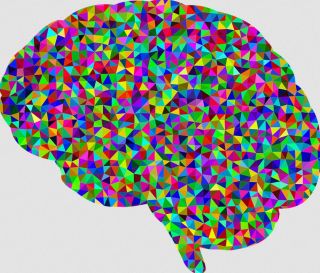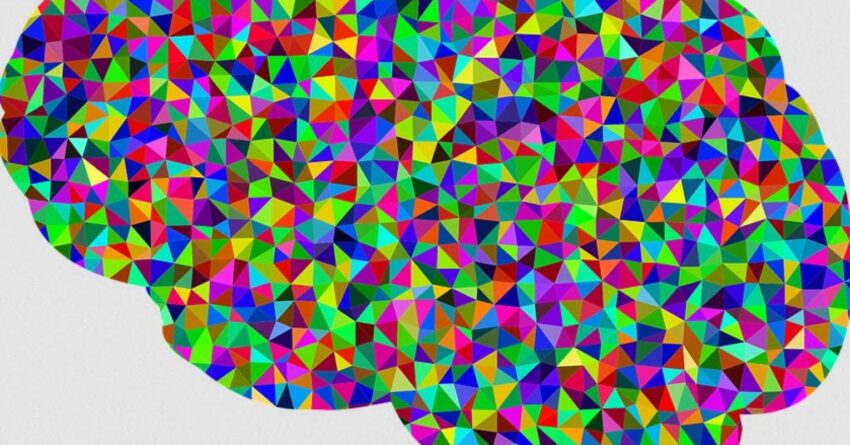
GDJ/Pixabay
One of the keys to a healthy life is prevention and early detection of diseases. A new study published in npj Digital Medicine, a Nature Portfolio journal, shows how artificial intelligence machine learning has the potential to accelerate personalized medicine by providing a patient’s risk of developing two or more disease diagnoses decades in advance by identifying disease trajectories.
“Early detection and identification of a patient’s projected disease trajectory might enable prompt and timely treatments next to targeted preventive action,” wrote Peter Klimek, Ph.D., the study’s corresponding author, recipient of the Club of Education and Science Journalists’ 2021 Austrian Scientist of the Year award, and faculty member of the Medical University of Vienna (MedUni) Vienna’s Complexity Science Hub, along with co-authors Elma Dervić, Johannes Sorger, Liuhuaying Yang, Michael Leutner, Alexander Kautzky, Stefan Thurner, and Alexandra Kautzky-Willer.
The study used a massive dataset of 44 million records of hospital stays from 2003 to 2014, selected from an electronic health registry database consisting of 8.9 million patients, nearly the entire population, from all hospitals in Austria from 1997 through 2014.
Having a large training dataset favorably affects the overall performance of the algorithm. AI machine learning models learn features from training data versus human programming, the hard coding of explicit instructions. In artificial intelligence, the quality and quantity of training data contribute to the algorithm’s performance. The AI algorithm can learn from training data that is either labeled or unlabeled. Supervised learning is where the training data is preprocessed with data labeling, also known as data annotation, and unsupervised learning uses unlabeled data.
The researchers decided to use an unsupervised AI clustering algorithm for this study. In data science, clustering is a method of dividing an unlabeled dataset into subgroups of related data. Unsupervised machine learning finds meaningful data groupings and patterns without human interference by analyzing and clustering unlabeled datasets.
The scientists uncovered 1260 disease paths that have on average nine different diagnoses and a mean of 23 years for up to 70 years; and out of the identified disease paths, 49 percent were specific to females and 51 percent to males.
“The disease trajectory framework can help us to identify critical events as specific combinations of risk factors that put patients at high risk for different diagnoses decades later,” the scientists wrote.
Interestingly, the AI algorithm identified 70 pairs of disease trajectories that share some diagnoses earlier in life but eventually diverge later in life into separate diagnoses. The scientists point out that although no conclusion on causality can be made, the AI algorithm suggests potential early risk factors.
The AI algorithm highlighted a disease trajectory for women diagnosed with personality disorders between the ages of 20- to 29-years-old for developing multiple mental health disorders later in life including anxiety disorders, depression, post-traumatic stress disorder (PTSD), eating disorders in 50- to 59-year-olds, and other non-chronic diagnoses at the ages of 60- to 69-year-olds.
Men with sleep disorders due to organic causes such as obstructive sleep apnea that were diagnosed at 20- to 39-years-old had a metabolic disease trajectory for later-in-life diagnoses of obesity, Type 2 diabetes mellitus, elevated uric acid levels (hyperuricemia), and lipid disorders, plus a separate path for elevated risk of later-in-life diagnoses of abdominal hernia, obesity, ear infection (otitis media), and movement disorders.
“While the link to obesity, a known risk for abdominal hernias, is shared between both trajectories, the association with movement disorders suggests a more neurologically impaired group of patients for whom organic sleeping disorders may be an early marker for risk of developing neurodegenerative disorders such as Parkinson disease,” the researchers wrote.
Artificial Intelligence Essential Reads
High blood pressure (hypertension) is another potential early risk factor. For females diagnosed with high blood pressure between the ages of 10 and 19 years of age, the AI identified a disease trajectory that decades later split into a metabolic trajectory or kidney trajectory. The AI found that 1,027 female patients later developed a combination of metabolic issues such as obesity and lipoprotein metabolism disorders and digestive disorders such as liver diseases and gallstones (cholelithiasis) with nicotine abuse, and 2,289 female patients developed chronic kidney disease.
“Our results point out that there are some specific trajectories that should get more attention, especially from the clinical side of view; hence it should be identified whether the reason for the differences in the development of comorbidities is a result of differences in compliance, therapy or in health care,” the scientists concluded.
Artificial intelligence machine learning is rapidly emerging as a promising tool for clinicians and researchers to spot meaningful patterns from massive amounts of complex healthcare data to accelerate precision medicine, extend human longevity, and deliver better, more personalized treatment in the future.
Copyright © 2024 Cami Rosso All rights reserved.
